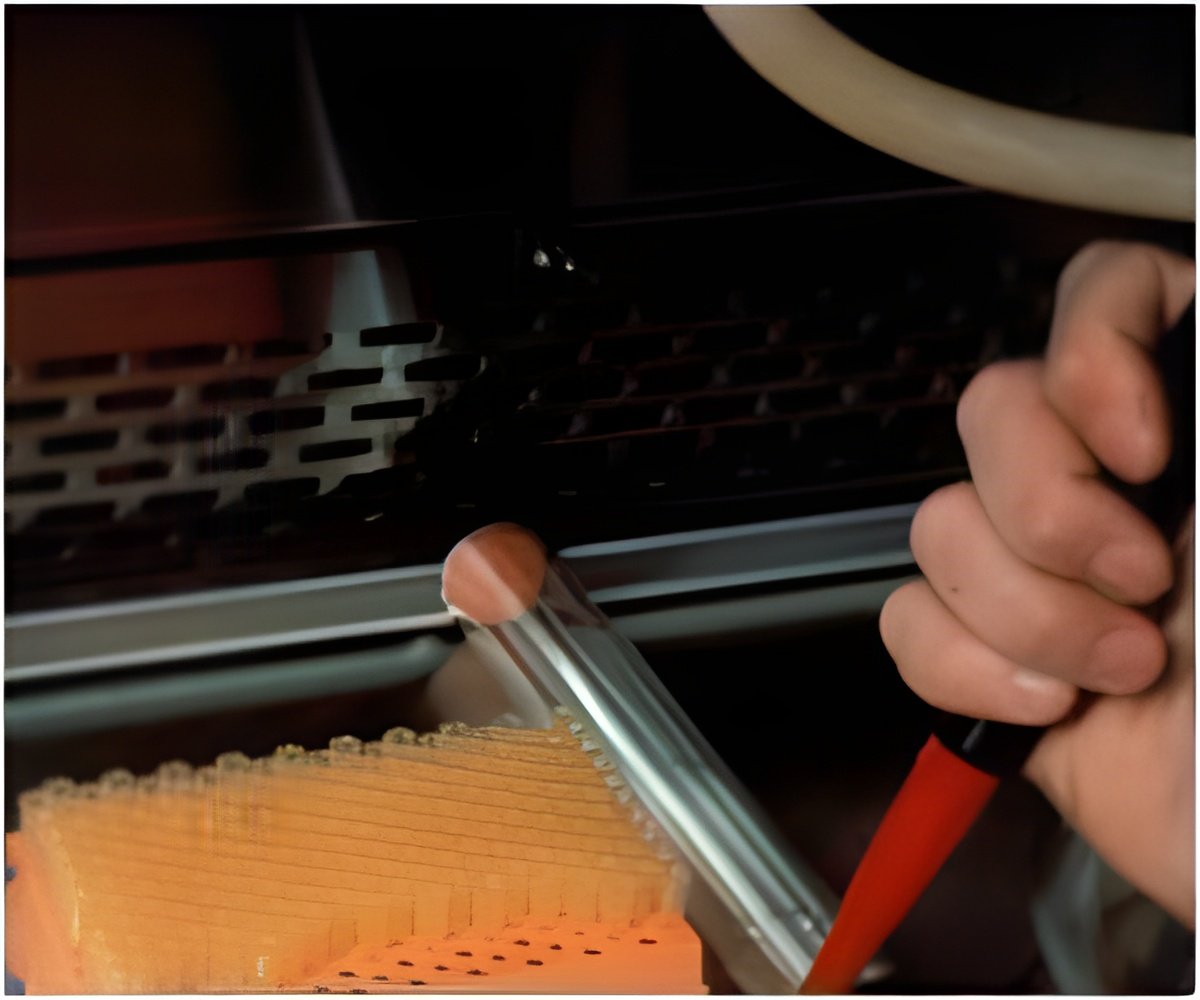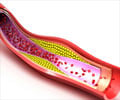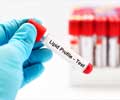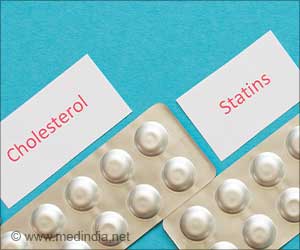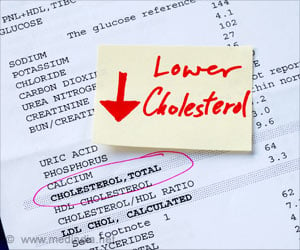Researchers at University of Tokyo have found that absence of KIF13B, which is a type of kinesin or motor protein that help in transporting materials in the microtubules of the cell, can lead to elevated levels of cholesterol in the blood, a new study published in The Journal of Cell Biology reveals.
The researchers discovered that KIF13B concentrates within liver cells at the spot where material such as LDL—the "bad" form of cholesterol—is taken up from the bloodstream. LDL enters the cell through endocytosis, a process in which cells absorb molecules by engulfing them. Endocytosis can be mediated in the cell membrane by small clathrin-coated vesicles or by small pits called caveolae. The cell membrane receptor LRP1 binds and engulfs LDL through both of these pathways.
The researchers discovered that LRP1 and KIF13B appeared together at the cell membrane and that KIF13B promoted the endocytosis of LRP1 by recruiting the receptor, along with LDL, into caveolae.
"Clathrin-mediated endocytosis has been studied intensively," says senior author Nobutaka Hirokawa. "But this is the first study to identify a mechanism for caveolin-mediated internalization."
Surprisingly, KIF13B's motor functions were not employed in this process. Rather, the kinesin was found to work as a scaffold at the cell membrane to help link LRP1 to caveolae.
"This scaffolding function is very unexpected for a motor protein," says Hirokawa. "But, after LRP1 is internalized, KIF13B could work as a motor to transport endosomes through the cytoplasm."
Advertisement
Source-Eurekalert
